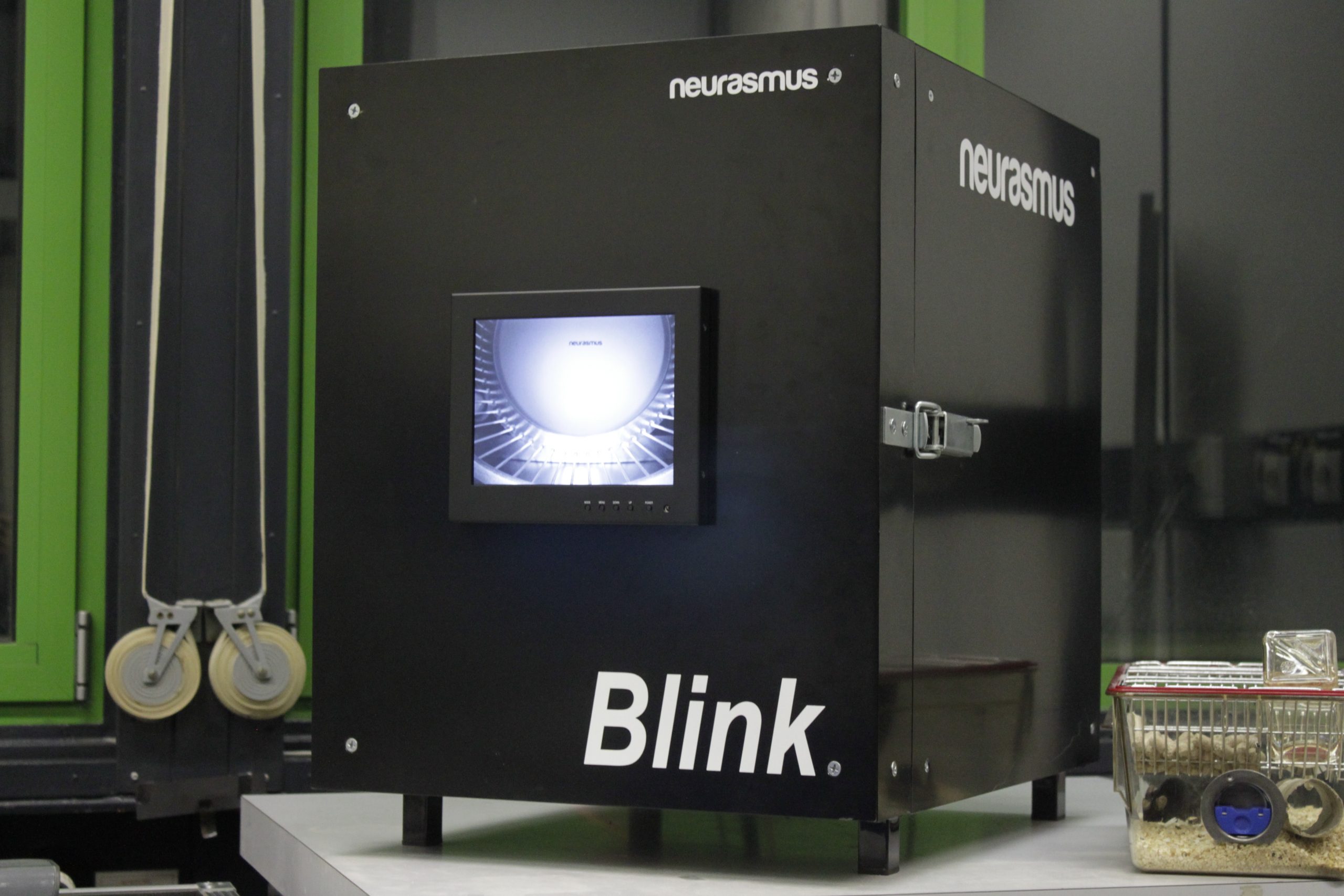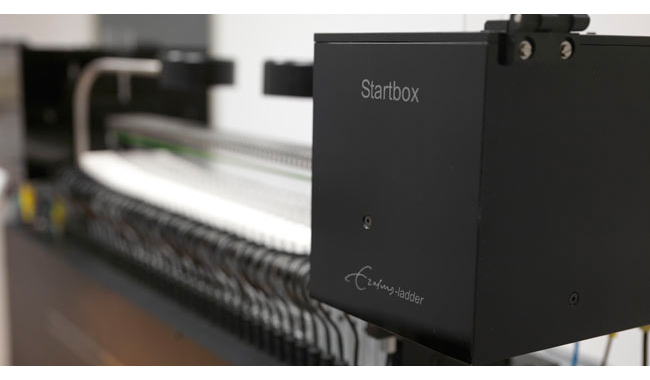PRODUCTS OVERVIEW
Neurasmus B.V. is a research and development company that operates under the holding of Erasmus Medical Center, Rotterdam, founded. The company is founded in April 2010 by enthusiastic members of the Department of Neuroscience. The mission of the company is to valorize already existing intellectual property in the Department of Neuroscience as well as the development of new high-tech systems that can be used as research tools or in the treatment of neuroscience-related diseases. In 2010 Neurasmus B.V. launched the first commercially available projects, ranging from completely automated tools for mouse behavioural phenotyping (Erasmusladder) to a high-tech mobile lab unit for patient visits during clinical trials (NeurasBus). Since Neurasmus B.V. has access to all scientific data and intellectual property that exists in the Department of Neuroscience and currently contracts mechanical, software, and hardware experts as well, it is well equipped for a rapid development from idea to prototype of complex systems.
Products

Blink 2
Blink is a scientific setup used for both eyeblink conditioning and prepulse inhibition of the startle reflex in animals. Classical eye-blink conditioning in mutant mice can be used to study the molecular mechanisms underlying associative learning. To measure the kinetic and frequency domain properties of conditioned and unconditioned eyelid responses in freely moving mice, we developed a method that allows adequate, absolute, and continuous determination of their eyelid movements in time and space while using an air puff as the unconditioned stimulus. Read More

Erasmusladder
Recent developments in the creation of mouse models for human diseases have called for tools that can quickly screen mutant mice for their deficits. In our department, we have developed two successful tools for detecting mouse mutants with cerebellar deficits: eyeblink conditioning and VOR adaptation. However, for screening large amounts of mice these systems are too time-consuming, as they require specialized and invasive surgery. Therefore we developed a new tool: The Erasmus Ladder. Read More